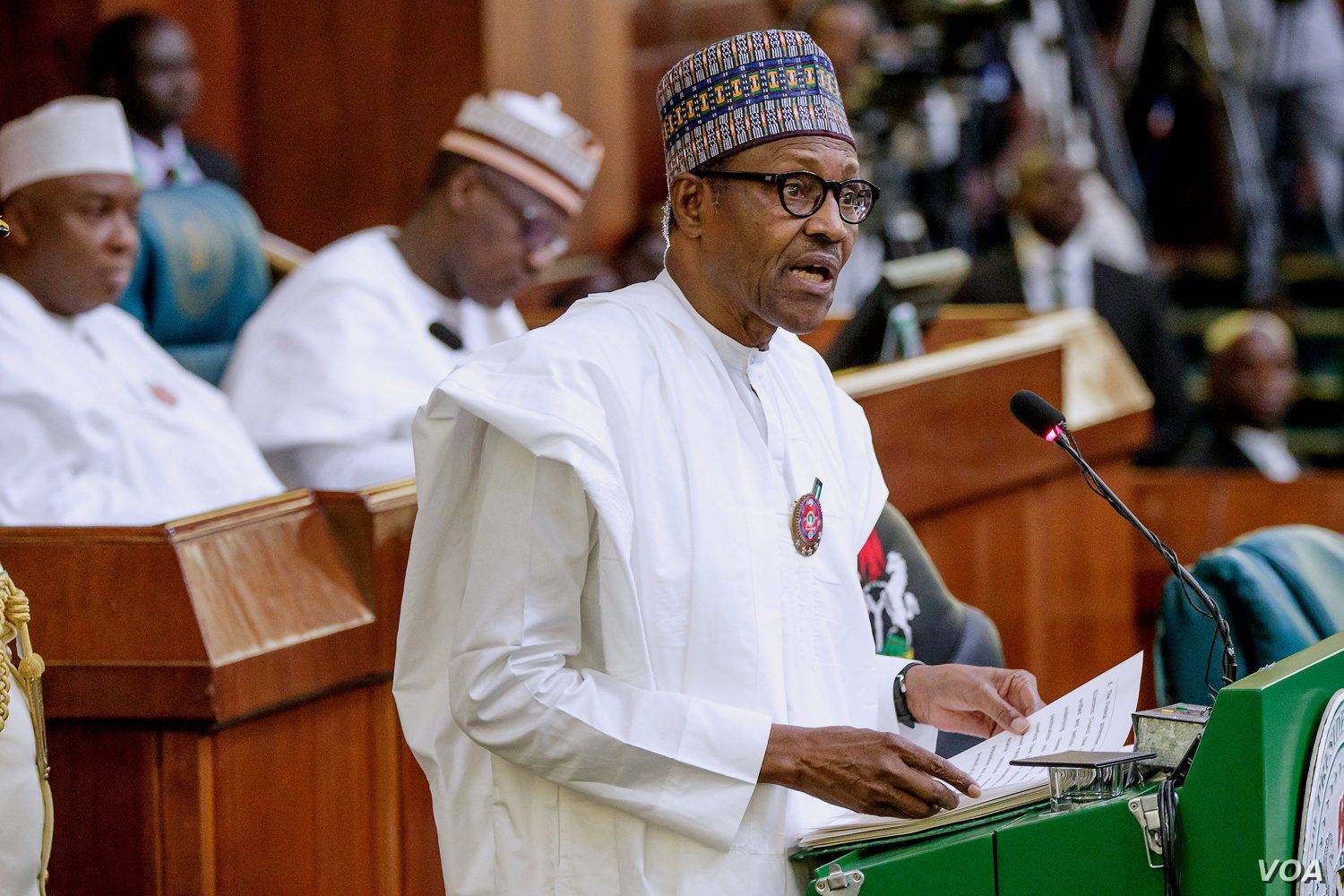Africa’s Largest Economy May Also Be Africa’s Biggest Borrower – How Nigeria’s Debt Rose To NGN 24.9 Tn In Two Years

Nigeria’s debt has risen to USD 69.3 Bn (NGN 24.9 Tn) in the last two years and things might get worse as the country’s government continues on its borrowing spree.
It appears Nigeria’s relentless borrowing has reached new worrying levels. Fresh figures from the country’s Debt Management Office suggest that Nigeria’s public debt now stands at NGN 24.95 Tn (USD 69.3 Bn); an unwanted surge from the NGN 19.16 Tn (USD 53.2 Bn) recorded in 2017.
This implies that the country’s debt has risen by NGN 5.79 Tn (USD 16.08 Bn) within a period of two years and within that same time frame, debt profile skyrocketed by as much as 30.22 percent.
X-raying the total debt profile shows that external debt accounted for a staggering NGN 7.81 Tn (USD 25.61 Bn); a sizeable 31.51 percent of the country’s current total debt portfolio.
Considering other aspects, total domestic debt amounted to NGN 17.07 Tn (USD 47.4 Bn). This means that the domestic debt accounted for 68.41 percent of the total debt portfolio. The Federal Government’s component of the domestic debt weighed in with NGN 13.11 Tn (USD 36.4 Bn) while the subnational governments contributed NGN 3.97 Tn (USD 11.02 Bn).
In 2017, the country’s external debt portfolio stood at USD 13.81 Bn, growing to USD 25.61 Bn as of March 31. Between then and now, the country’s external debt portfolio has grown by as much as USD 11.8 Bn. And this implies that Nigeria’s external loan commitment rose by 85.45 percent.
On the other hand, the domestic debt component of the Federal Government rose from NGN 11.97 Tn (USD 33.2 Bn) as of March 2017 to N17.09 Tn (USD 47.4 Bn). Oddly, the Federal Government of Nigeria somehow contrived to grow its local debt commitment by NGN 5.12 Tn (USD 14.2 Bn); a worrying 42.77 percent increase in just two years.
The DMO offered that the debt profile of NGN 24.95 Tn `(USD 69.3 Bn) only grew marginally by 2.3 percent when compared to the figure of N24.35 Tn (USD 67.6 Bn) as of December 31, 2018.
It explained that the increase of NGN 560.01 Bn (USD 1.5 Bn) in the total public debt in the first quarter of the year was accounted for largely by domestic debt, which grew by NGN 458.36 Bn (USD 1.2 Bn).
Increases were recorded in the domestic debt stock of the Federal Government, the 36 states and the FCT. External Debt also increased by NGN 101.65 Bn (USD 282.3 Mn) in the first quarter, it added.
In relation to the Debt Management Strategy, the ratio of domestic to external debt stood at 68.49 percent to 31.51 percent as of the end of March.
The total public debt to GDP ratio was 19.03 percent, which is within the 25 percent debt limit imposed by the government, the DMO added. The domestic debt data for the 36 states and the Federal Capital Territory stood at NGN 3.972 Tn (USD 11.02 Bn) as of the end of March 2019.
Lagos had the highest figure of NGN 542.231 Bn (USD 5.1 Bn), followed by Rivers and Delta with N225.592 Bn (USD 626.6 Mn) and NGN 223.442 Bn (USD 620.6 Mn), respectively.
Abia, Adamawa, Akwa Ibom, and Anambra had NGN 62.849 Bn (USD 174.5 Mn), NGN 97.153 Bn (269.8 Mn), and NGN 199.768 Bn (USD 554.8 Mn), respectively, while Bauchi, Bayelsa, and Benue had NGN 93.319 Bn (USD 259.1 Mn), NGN 133.339 Bn (USD 370.3 Mn), NGN 96.905 (USD 269.1 Mn) Bn debts.